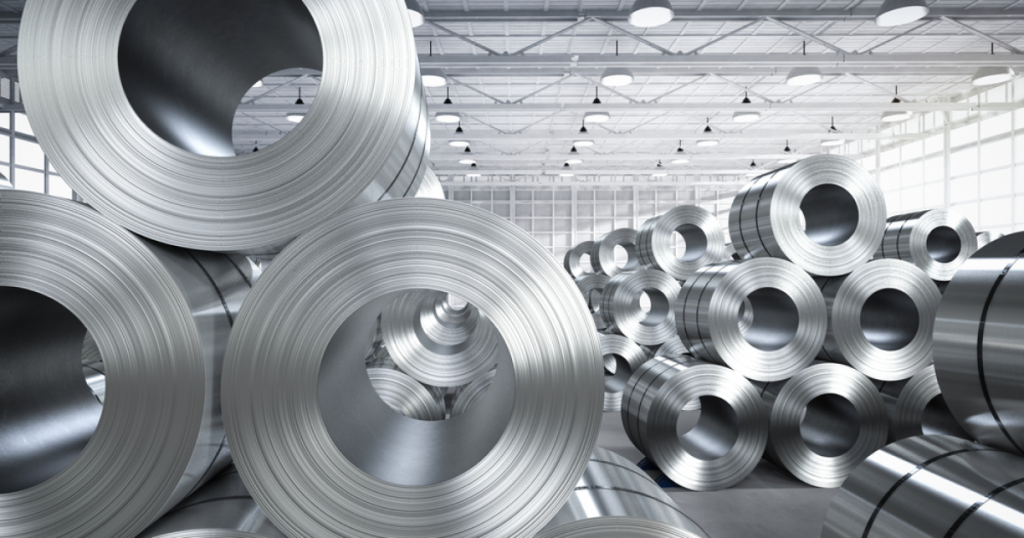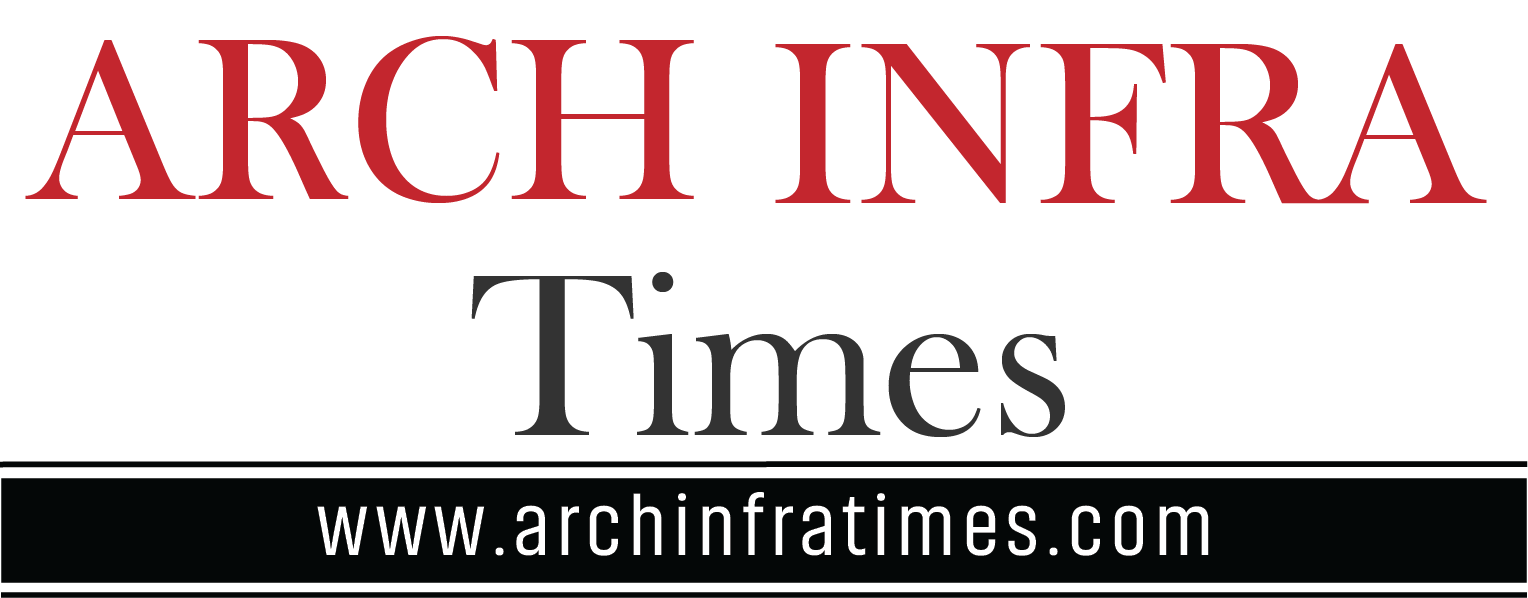
The Indian steel industry is facing a challenging landscape as profits are projected to decline for the third consecutive quarter, despite a notable increase in domestic steel consumption. Analysts attribute this downturn to a significant influx of cheaper steel imports, which have exerted downward pressure on domestic prices and profitability.
Surge in Steel Imports
Between April and December 2024, finished steel imports into India reached a six-year high, surpassing 7 million tonnes. A substantial portion of these imports originated from China, where steel is priced approximately 10% lower than domestic Indian products. This price disparity has led to an accumulation of inventory within India and a notable decline in sales for local producers. The Indian Steel Association has expressed concerns that this trend could undermine the financial stability of domestic steel companies, potentially affecting their capacity to meet future infrastructure demands.
Decline in Steel Prices
The October-December 2024 quarter witnessed a 15% year-on-year decrease in average steel prices, with a more than 5% decline compared to the previous quarter. Flat steel products experienced continued price reductions, while long steel products saw a partial recovery. This divergence in price trends has led to varying impacts on steelmakers, depending on their product mix.
Impact on Major Steel Producers
- JSW Steel: The company reported a 70% year-on-year decline in consolidated net profit for the quarter ending December 31, 2024, totaling ₹7.17 billion. This downturn is attributed to lower steel prices and subdued demand, exacerbated by increased imports from China.
- Tata Steel: Despite the challenging environment, Tata Steel reported a consolidated net profit of ₹3.27 billion for the same quarter, marking a 36% decrease from the previous year. The company benefited from strong domestic sales, with an 8.4% increase in sales volume, which helped offset some of the adverse effects of declining prices and rising imports.
Raw Material Price Dynamics
The industry is also contending with opposing trends in raw material prices. Coking coal prices have decreased, providing some relief to producers, while iron ore prices have risen. Companies possessing captive iron ore mines are better positioned to mitigate the impact of rising ore costs, thereby cushioning their profitability against these fluctuations.
Calls for Government Intervention
In response to the challenges posed by rising imports, the Indian Steel Association has urged the government to double the basic customs duty on steel imports in the upcoming Union Budget for the fiscal year 2025-26. The association argues that such a measure is essential to protect domestic producers from the adverse effects of cheaper foreign steel flooding the market.
Conclusion
The Indian steel sector is navigating a complex environment characterized by increased consumption but declining profitability due to external pressures from imports and volatile pricing. The industry’s performance in the coming quarters will largely depend on its ability to adapt to these challenges, manage cost structures effectively, and the extent of governmental support through policy interventions.
(For More Industry Updates, Kindly subscribe to our regular Newsletters.)
